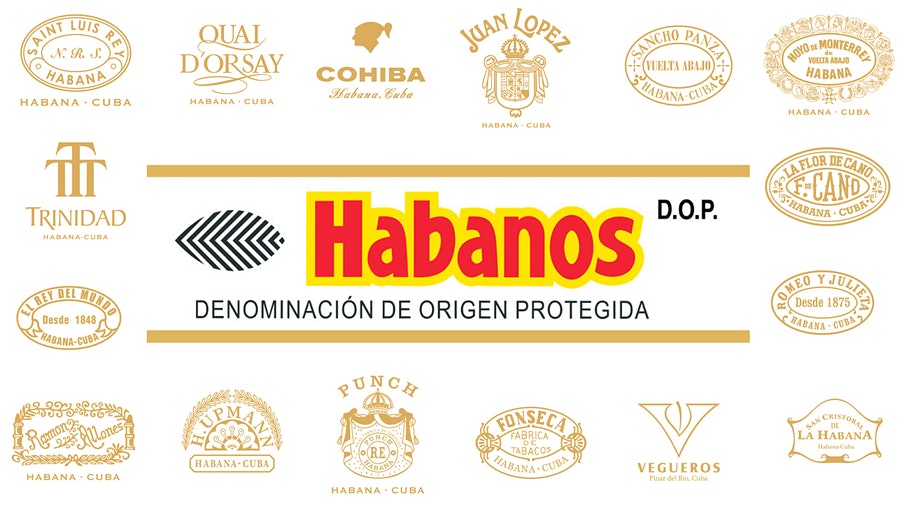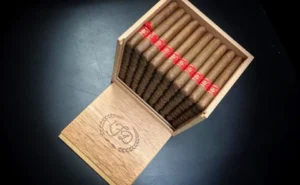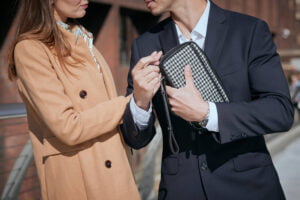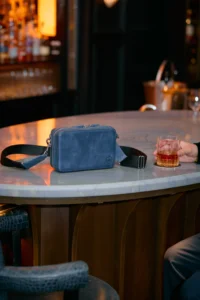Cuban Cigar Brands: A Global Benchmark Renowned worldwide for their exceptional quality, Cuban cigar brands like Cohiba, Montecristo, and Bolivar embody the essence of Cuba’s rich culture. These brands not only significantly contribute to the nation’s export economy but also stand as a testament to the country’s long-standing tradition of cigar production. Accounting for a considerable portion of Cuba’s total export value, Cuban cigar brands are more than just tobacco products; they are a symbol of history and craftsmanship.
Crafting Excellence in Cuba In Cuba, particularly in the Pinar del Río province, expert growers cultivate the unique blend of filler, binder, and wrapper for these cigars. Crucial regions like Vuelta Abajo, Semi Vuelta, and the Viñales farms play a vital role in this process. The state-owned Cubatabaco meticulously controls every aspect of production, ensuring unmatched quality.
El Habano: The Artistry of Cuban Cigars Artisans affectionately call these cigars “El Habano.” They skillfully hand-roll each one, a craft deeply revered across Cuba. A partnership between the Cuban government and Spain’s Altadis, under the banner of Habanos SA, oversees every detail of production and distribution. Each Cuban cigar box proudly displays the mark ‘Hecho en Cuba’ (Made in Cuba), showcasing its authenticity. Cigars made entirely by hand bear the label ‘Totalmente a mano.’
Torcedores: The Craft’s Masters The skilled artisans known as Torcedores, many of whom are women known as Torcedoras, earn high respect in Cuban society. They demonstrate their cigar-rolling expertise all around the world.
A Symbol of Luxury and Sophistication Cuban cigars stand as symbols of luxury and sophistication. Leading the global market are esteemed brands like La Flor de Cano, Ramon Allones, and Cohiba.
Celebrating Prestigious Brands Esteemed brands such as La Flor de Cano, Ramon Allones, Diplomaticos, Saint Luis Rey, Por Larranaga, Cuaba, Quai D’Orsay, Hoyo de Monterrey, Romeo y Julieta, Trinidad, Flor de Juan Lopez, Montecristo, Cohiba, Fonseca, La Gloria Cubana, Rafael Gonzalez, H. Upmann, Partagas, Vegas Robaina, Quintero, Vegueros, Bolivar, Sancho Panza, Punch, El Rey del Mundo, Jose L. Piedra, and San Cristobal command global respect. These brands cater to every palate, ranging from Bolivar’s robust flavours to Cohiba’s refined taste.
Cuban Cigars: More Than Just Smoke These cigars represent more than just products; they embody rich history and unwavering dedication to quality. Both aficionados and beginners view Cuban cigars as a cultural journey.
Elevating Your Experience with The Cigar Holder At The Cigar Holder, we take pride in enhancing your enjoyment of Cuban cigars. For a comprehensive look at our offerings, we encourage you to visit our website. There, you’ll find not just our extensive range of Cuban cigars but also our exclusive, British-handcrafted leather cigar cases. Made from the finest Italian leather, these cases represent the pinnacle of luxury and elegance. Whether you’re a seasoned aficionado or new to the world of cigars, our website offers something for everyone. Dive into our collection to find the perfect accessories that elevate your cigar experience.
More articles:
Cigar Aficionado Review: Cuban Flag Cigar Case by Gregory Mottola
How to Spot Fake Cuban Cigars
Where to buy cigars in Cuba
Are Cuban Cigars Illegal




